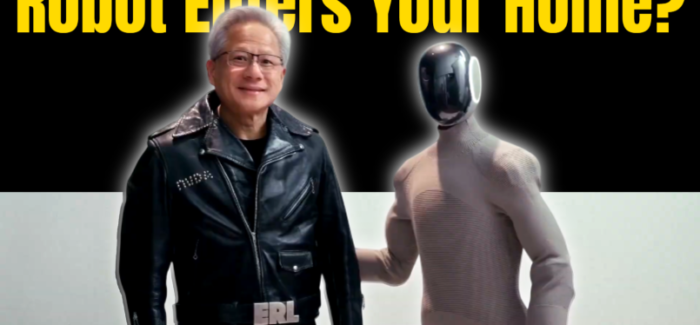Neo Gamma by 1X: The Real Reason It’s Coming to Homes So Soon
Norwegian robotics company 1X is getting ready to place its humanoid robot, Neo Gamma, into real homes by the end of 2025. Chief Executive Officer Bernt Børnich confirmed the plan to begin early testing with a few hundred to a few thousand households. The goal? To let Neo Gamma learn by living among people in real environments instead of isolated labs.
Børnich emphasized that Neo Gamma will not be ready for full autonomy just yet. For now, it will rely on teleoperation, where human operators monitor the robot’s cameras and sensors remotely and control its actions when needed. This setup allows 1X to gather real-world data that will help improve the robot’s artificial intelligence over time.
The timing is interesting, as excitement around home-ready humanoid robots is growing fast. Another robotics company, Figure, recently announced plans to begin home testing in 2025 as well. Figure even made headlines when it was reportedly in talks to raise $1.5 billion at a massive $40 billion valuation. OpenAI, which is also backing 1X, has been linked to plans of its own for building humanoid robots.
But bringing robots into homes is a high-stakes move. Much like when autonomous vehicle companies put robotaxis on public roads, one mistake can quickly turn into a major issue. That is why 1X is approaching this carefully.
Neo Gamma is still far from being a fully autonomous robot. While it uses artificial intelligence for basic functions like walking and balancing, it still needs human help to operate safely in a home. That is why the company is launching these early trials. It allows 1X to fine-tune the robot based on how it interacts with humans in everyday settings.
To make that happen, the robot will collect visual and audio data from the home, which will be used to improve its artificial intelligence. However, that brings up obvious privacy concerns. A spokesperson for 1X stated that users will have control over when a 1X employee can access the robot’s camera or microphone feed, whether for quality checks or remote control.
Neo Gamma made its public debut in February, showing off its skills during a demonstration at Nvidia’s GTC event. There, it performed simple household tasks like vacuuming, watering plants, and walking through a room without hitting furniture or people. But it was not perfect. At one point, it started shaking and collapsed, which staff blamed on weak Wi-Fi and a low battery.
Neo Gamma is a big upgrade from its predecessor, Neo Beta. It features a better onboard artificial intelligence model and a new nylon body suit designed to reduce the risk of injury from any physical contact with humans.
Right now, 1X has not detailed how it will roll out its early adopter program or how everyday users will be able to interact with the robot without expert supervision. What is known is that people can sign up on their website to join the waitlist.
So while 2025 might bring Neo Gamma into select homes, we are still a long way from walking into a store and buying a personal humanoid robot. The road to mass adoption will be long, but it is clear companies like 1X are laying the groundwork.


Submit a Comment